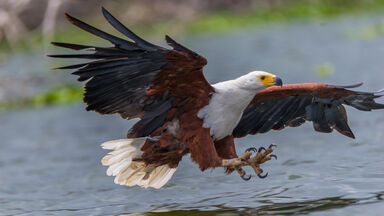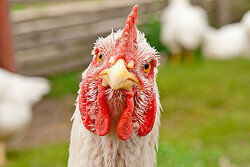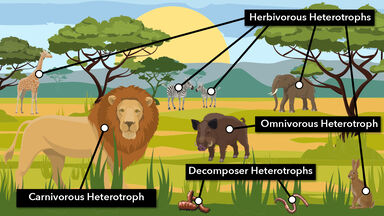There is the interesting white-necked guineafowl, Agelastes (which is found on the Gold Coast and elsewhere west of the lower Niger); there is one peculiar species of eagle owl (Bubo lettii) and a very handsome sparrow-hawk (Accipiter bitttikoferi); a few sun-birds, warblers and shrikes are peculiar to the region.
The scene of the "sparrow-hawk" tournament, described in Geraint and Enid, one of the Arthurian romances, is laid at Cardiff.
The falcon (taka), always an honored bird in Japan, where from time immemorial hawking has been an aristocratic pastime, is common enough, and so is the sparrow-hawk (/lai-taka), but the eagle (washi) affects solitude.
Aristotle is commonly supposed to be the first author who mentions a parrot; but this is an error, for nearly a century earlier Ctesias in his Indica (cap. 3),2 under the name of fib-Taws (Bittacus), so neatly described a bird which could speak an "Indian" language - naturally, as he seems to have thought - or Greek - if it had been taught so to do - about as big as a sparrow-hawk (Hierax), with a purple face and a black beard, otherwise blue-green (cyaneus) and vermilion in colour, so that there cannot be much risk in declaring that he must have had before him a male example of what is now commonly known as the Blossom-headed parakeet, and to ornithologists as Palaeornis cyanocephalus, an inhabitant of many parts of India.
Among the indigenous birds are some birds of prey, as the African vulture, the falcon, the buzzard, the sparrow-hawk and the kite.





